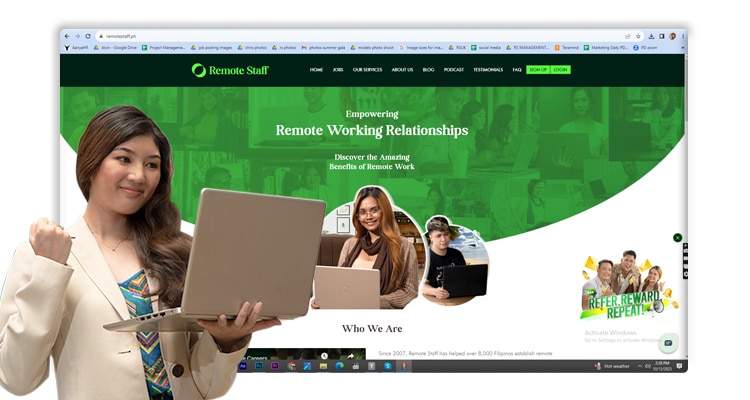Majority of Filipinos have monetary difficulties because of different circumstances. Unfortunately, several of them lead to overwhelming debt.
Some have a lot of debt from misusing credit cards. Or perhaps, there was a grave medical emergency. Maybe, it was incurred from a failed business venture.
Regardless of how it was accumulated, it’s quite difficult to pay them off, especially if you only have seasonal income from online jobs.
So what do you do then?
Here are 9 steps you can do to pay off your debt as a remote worker or freelancer with unstable income.
Set a Budget
It’s difficult to pay off your debt when you don’t know where your money is going. So the first step is to set a budget to keep track of your expenses.
There are many budgeting frameworks out there. However, the 6 jars budgeting method is especially useful for those with variable income.
Basically, the 6 jars method allocates your income by percentage into different jars. For example:
- 55% Necessities (food, rent, utilities, insurance, debt repayments, etc.)
- 10% Financial Freedom Account (money for investments that you grow and don’t touch)
- 10% Long-term savings for spending (savings for big-ticket items like a car or trip abroad)
- 10% Education (seminars, online classes, etc.)
- 10% Play (budget for leisure or wants rather than needs)
- 5% Give (charity, gifts to friends, donations, etc.)
Whether you earn a lot or go through a lean month, it’s easier to budget your money because it’s percentage-based.
You can also adjust the percentages depending on your current financial situation as well.
Choose Which Debt to Pay Off First
Next, write down all the debt you owe and the interest on those loans. There are two popular methods you can follow: the avalanche method and the snowball method.
For these, let’s assume you have the following obligations.
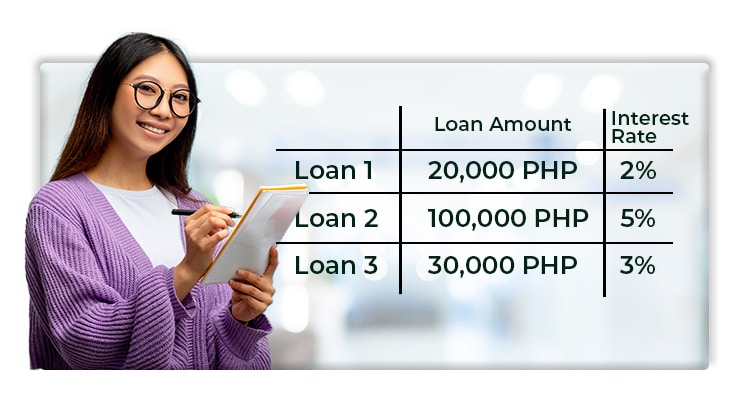 The avalanche method focuses on paying off the loan with the highest interest first and just making the minimum payment for the other loans.
The avalanche method focuses on paying off the loan with the highest interest first and just making the minimum payment for the other loans.
If we apply this method here, you will focus your payments on Loan 2 with 5% interest and just pay the minimum on Loan 1 and Loan 3.
It’s the more cost-effective method.
However, for some, it’s less effective as it takes longer to pay some high-interest loans.
Alternatively, you can use the snowball method.
Instead of focusing on the highest interest rates, the snowball method starts off with the lowest amount you owe.
So using the example above, you will focus on Loan 1 and then make minimum payments on Loans 2 and 3.
What makes this effective is that it requires less effort to pay off smaller loans first, which can motivate you to pay off larger loans.
You can choose either option depending on what works best for you.

Negotiate Interest Rates
For past-due loans, some banks and companies are willing to negotiate just to get their money back.
They may agree to lower interest rates or even extend your loan term. In some cases, they may even waive late fees or penalties.
It is important to reach out to your lender to discuss these options and see what they can offer you.
 Debt Consolidation
Debt Consolidation
Sometimes, you have too many loans with varying interest rates. It can be overwhelming.
For this, you can use debt consolidation.
Debt consolidation can help reduce the amount of payments you make each month by combining your different loans into one with a lower interest rate.
It can also help you pay off your debt more quickly when combined with the avalanche or snowball method.
A lot of banks offer it in the Philippines as well. So go and see what works best for you.
Avoid New Debt
A grave mistake is incurring new debt while resolving to be debt-free. That’s why some people never get out of debt.
So as much as possible, avoid taking on new debts, especially if these are for frivolous expenses.
Build an Emergency Fund
Some fall into more debt because they don’t have an emergency fund.
An emergency fund is a savings account for covering unexpected expenses like medical emergencies and accidents.
If you can, work your way towards building around 3 to 6 months’ worth of expenses.
You can also build 1 month’s worth first as you pay off your obligations.

Get Life and Health Insurance
For critical situations, your emergency fund might not be enough. So try to get life and health insurance to cover some of these bills.
Ask your insurance agent for more affordable options based on your extra cash flow.
Alternatively, you can avail of prepaid insurance first, which is more wallet-friendly compared to longer plans.
 Sell Off Things and Cancel Subscriptions You Don’t Need
Sell Off Things and Cancel Subscriptions You Don’t Need
When you work towards becoming debt-free, you should check your current expenses.
Are there subscriptions that you’re not using? Such as your gym membership?
If possible, you can also use cheaper alternatives like a fuel-efficient car over a gas-hungry SUV.
Next, look for items you don’t use anymore like gadgets, clothing, or other items. You can try and sell these off and use the proceeds to pay off some of your debt.
Find Additional Side Hustles
Another way is to increase your income from other sources, which can help you pay off your debt more quickly.
Try looking for side hustles like freelance projects, low-capital businesses, affiliate marketing, and the like.
You can also look for a more stable remote working job with Remote Staff.
Remote Staff offers long-term online job opportunities for skilled Filipinos.
When you have reliable income sources, it’s easier to pay off all your debts while building your online career.
Sign up today!

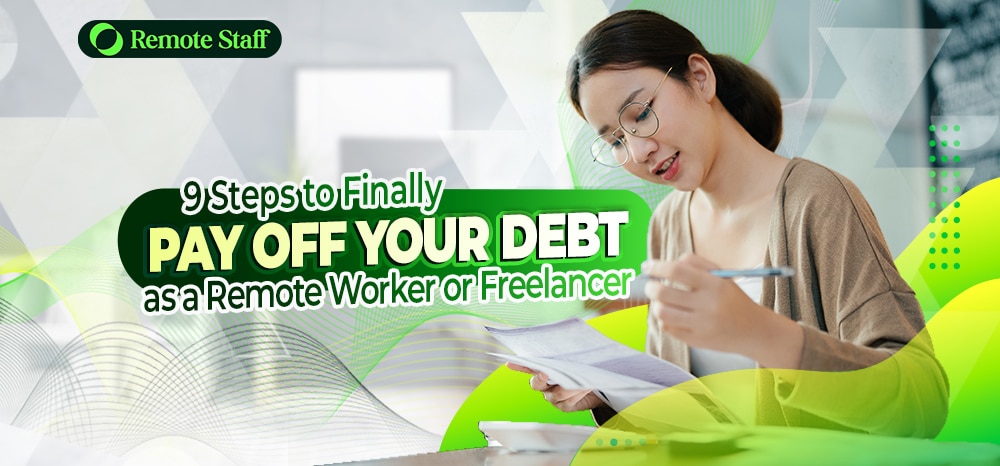
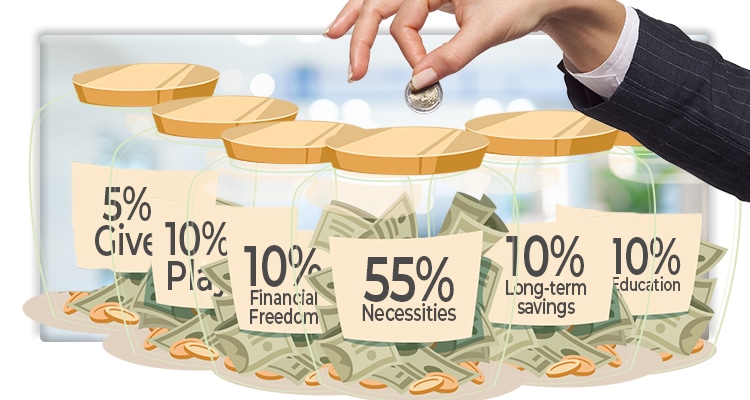

 Debt Consolidation
Debt Consolidation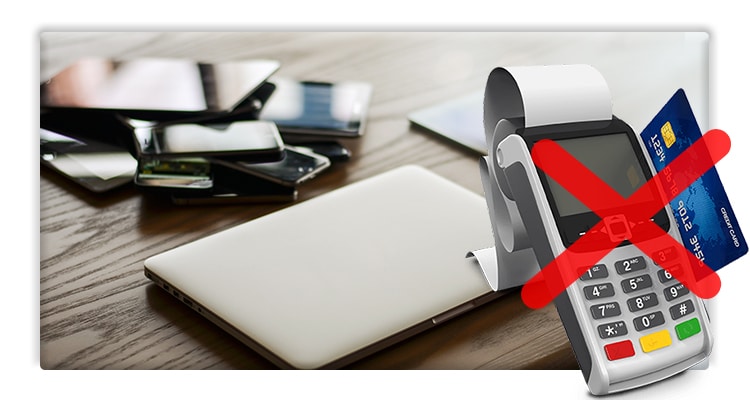

 Sell Off Things and Cancel Subscriptions You Don’t Need
Sell Off Things and Cancel Subscriptions You Don’t Need